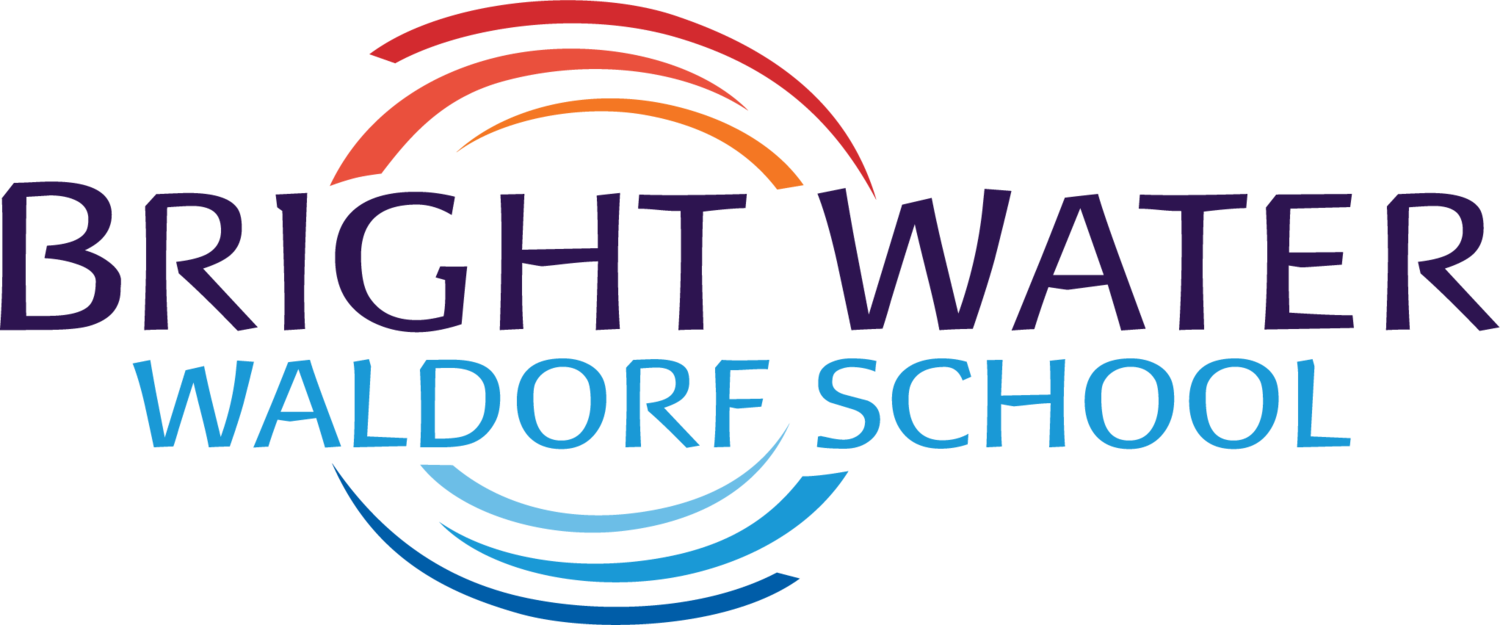Grade Two
GRADE TWO Learning Objectives
MAIN LESSON SKILLS
Class and small group dialogue, social-emotional development through weekly Class Councils, experiencing stories and envisioning themes and outcomes
LANGUAGE ARTS
Lower case letters, parts of speech, reading, oral recitation, drama
LITERATURE
Fables, folklore, legends of saints and heroes, Native American lore
MATHEMATICS
Continuation of the four operations, concrete computation, column addition and subtraction, multiplication facts
SCIENCES/ENVIRONMENTAL EDUCATION
Nature study – qualities of animals
WORLD LANGUAGE
Japanese songs, dances, games, poetry, stories, alphabet, and numbers
HANDWORK
Knitting and purling with pattern changes to create a figure, simple hand sewing
MUSIC
Pentatonic flute, folk songs, singing
movement
Cooperative games and Aikido
PAINTING & FORM DRAWING
Linear forms, mirrored forms, wet-on-wet painting
ART
Beeswax modeling, felting, weaving
Second graders practice and build on the numeracy and literacy skills learned in Grade One. In math blocks, students continue to work on the four processes and begin learning the multiplication tables by rote and through rhythmic games. Second graders practice consonant blends and word families, and writing in sentences. Their reading skills emerge from familiarity with their own writing and with letter shapes and sounds. They engage in the art of dialogue around the moral ideas presented through world myths and fables.
During Grade Two, emerging eight year olds begin to be aware of their separateness from others. At the same time, the social cohesiveness so strongly fostered in Grade One continues to take root. While friendships form, individual differences also become more apparent. The sense of polarization that second graders experience is mirrored in the historical focus for the year: the two extremes of moral conduct illustrated by stories of compassionate people contrasted with animal fables. Nature stories, riddles, and poetry also inform the Grade Two studies—whether in math, science, movement, or art.
Students will produce a class play that reflects the second grade pedagogy. They delight in being able to embody these moral forces that can be used to heal or hurt others. Students learn folk songs and sing together in melody, and continue to play on their pentatonic flute.
Subject Classes
Japanese
Grade Two builds on the immersive, imitative language learning begun in Grade One. Students engage entirely in Japanese through conversation, greetings, songs, poetry, games, and cultural stories—without translation. The focus remains on group participation, reinforcing main lesson themes and habits through the target language.Handwork
Second graders advance their knitting skills, strengthening concentration, fine motor coordination, and patience. After reviewing Grade One techniques, they take on more complex projects, including knitting a handwork gnome. This project involves changing colors, counting stitches, and checking for mistakes, blending creativity with numerical skill development.Movement
Imagination remains central to second-grade movement activities. Games and challenges are introduced through storytelling, allowing students to engage creatively while exploring cooperation and social dynamics. Activities include tag, jump rope, circle and line games, hand clapping, string games, and throwing and catching.Students also continue twice-weekly Aikido classes, practicing this Japanese martial art to cultivate discipline, spatial awareness, and personal growth. Movement classes foster joy in activity and strengthen social connections.
Environmental Education | Place-Based Learning
Second graders deepen their connection to their local bioregion through farm visits, tidal flat exploration, park walks, and watershed studies. They take on greater responsibility in the annual Farmers Market, care for school gardens, and help steward the salmon lifecycle through Cedar River activities. These experiences nurture ecological awareness and responsibility.












